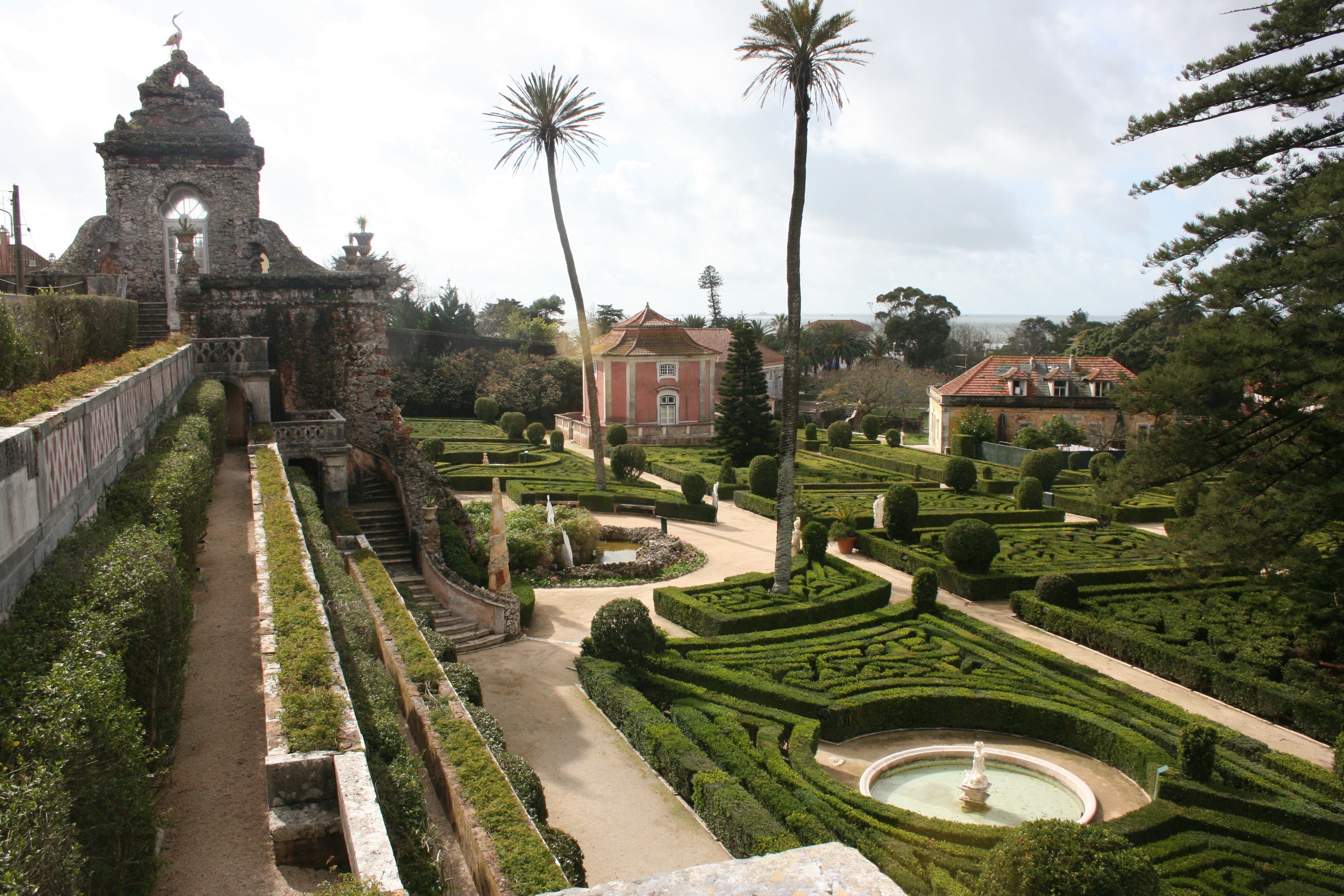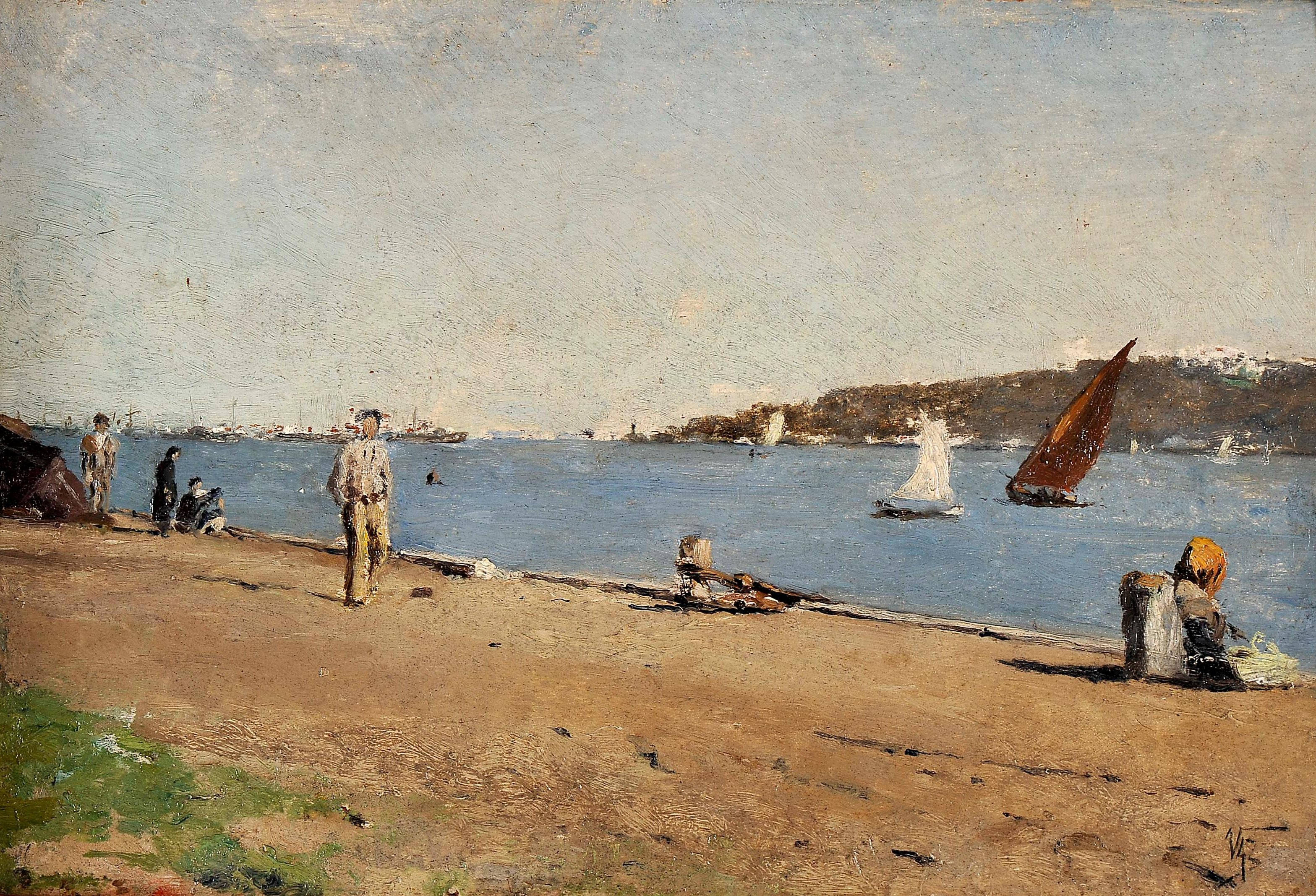|
Carnaxide E Queijas
Carnaxide e Queijas is a civil parish in the municipality of Oeiras, Portugal. It was formed in 2013 by the merger of the former parishes Carnaxide Carnaxide () is a former civil parish in the municipality of Oeiras, Portugal. In 2013, the parish merged into the new parish Carnaxide e Queijas. The population in 2011 was 25,911, in an area of 6.51 km². Census 2011 results according to the 2013 administrative division of Portugal in an area of 8.81 km². References [...More Info...] [...Related Items...] OR: [Wikipedia] [Google] [Baidu] |
Lisboa Region
Lisbon Region ( pt, Região de Lisboa, ) is one of the seven NUTS II designated regions of Portugal, which coincides with the NUTS III subregion Lisbon Metropolitan Area. The region covers an area of 3001.95 km2 (the smallest region on mainland Portugal) and includes a population of 2,815,851 inhabitants according to the 2011 census (the second most populated region in Portugal after the Norte region), a density of 1039 inhabitants/km2. Considered as representing the Lisbon Metropolitan Region. It is a region of significant importance in industry (light and heavy), services, and it is highly urbanized. The gross domestic product (GDP) of the region was 73.3 billion euros in 2018, accounting for 36% of Portugal's economic output. GDP per capita adjusted for purchasing power was 30,200 euros or 100% of the EU27 average in the same year. The GDP per employee was 92% of the EU average. History Prior to 2002, the area was included within the NUTS II region of Lisbon and Tagu ... [...More Info...] [...Related Items...] OR: [Wikipedia] [Google] [Baidu] |
Lisbon Metropolitan Area
The Lisbon Metropolitan Area ( pt, Área Metropolitana de Lisboa; abbreviated as AML) is a metropolitan area in Portugal centered on Lisbon, the capital and largest city of the country. The metropolitan area, covering 18 municipalities is the largest urban area in the country and the 10th largest in the European Union, with a population in 2015 of 2,812,678 in an area of 3,015.24 km². The Lisbon Metropolitan Area has the largest GDP (€110 billion) of any region in Portugal and its GDP per capita is above that of the European Union's average. The region is home to the largest tech hub in the country and a majority of Portugal's major multinational corporations by revenue are based there. History Portugal has been through a period of administrative changes since the 1974 revolution. More recently, new standards of territorial administration have been implemented to match European Union criteria. After some years of indefinitions, municipalities are now associated in metro ... [...More Info...] [...Related Items...] OR: [Wikipedia] [Google] [Baidu] |
Lisbon District
Lisbon District ( pt, Distrito de Lisboa, ) is a district located along the western coast of Portugal. The district capital is the city of Lisbon, which is also the national capital. From its creation until 1926, it included the area of the current Setúbal District. Municipalities The district is composed of 16 municipalities: * Alenquer * Amadora * Arruda dos Vinhos * Azambuja * Cadaval * Cascais * Lisbon * Loures * Lourinhã * Mafra * Odivelas * Oeiras * Sintra * Sobral de Monte Agraço * Torres Vedras * Vila Franca de Xira Summary of votes and seats won 1976-2022 , - class="unsortable" !rowspan=2, Parties!!%!!S!!%!!S!!%!!S!!%!!S!!%!!S!!%!!S!!%!!S!!%!!S!!%!!S!!%!!S!!%!!S!!%!!S!!%!!S!!%!!S!!%!!S!!%!!S , - class="unsortable" align="center" !colspan=2 , 1976 !colspan=2 , 1979 !colspan=2 , 1980 !colspan=2 , 1983 !colspan=2 , 1985 !colspan=2 , 1987 !colspan=2 , 1991 !colspan=2 , 1995 !colspan=2 , 1999 !colspan=2 , 2002 !colspan=2 , 2005 !colspan=2 , 2009 !co ... [...More Info...] [...Related Items...] OR: [Wikipedia] [Google] [Baidu] |
Oeiras, Portugal
Oeiras () is a town and municipality in the western part of Lisbon metropolitan area, located within the Portuguese Riviera, in continental Portugal. The municipality is part of the urban agglomeration of Lisbon and the town of Oeiras is about 16 km from Lisbon downtown. The population in 2011 was 172,120 living in an area of 45.88 km2, making the municipality the fifth-most densely populated in Portugal. Oeiras is an important economic hub, being one of the most highly developed municipalities of Portugal and Europe. It has the highest GDP per capita in the country, being also the second highest-ranking municipality (immediately after Lisbon) in terms of purchasing power as well as the second highest-ranking in the country as far as tax collection is concerned. These economic indicators also reflect the education level of its inhabitants, as Oeiras is the municipality with the highest concentration of population by tertiary education attainment in the country, their entr ... [...More Info...] [...Related Items...] OR: [Wikipedia] [Google] [Baidu] |
Freguesia (Portugal)
''Freguesia'' (), usually translated as "parish" or "civil parish", is the third-level administrative subdivision of Portugal, as defined by the 1976 Constitution. It is also the designation for local government jurisdictions in the former Portuguese overseas territories of Cape Verde and Macau (until 2001). In the past, was also an administrative division of the other Portuguese overseas territories. The ''parroquia'' in the Spanish autonomous communities of Galicia and Asturias is similar to a ''freguesia''. A ''freguesia'' is a subdivision of a ''município'' (municipality). Most often, a parish takes the name of its seat, which is usually the most important (or the single) human agglomeration within its area, which can be a neighbourhood or city district, a group of hamlets, a village, a town or an entire city. In cases where the seat is itself divided into more than one parish, each one takes the name of a landmark within its area or of the patron saint from the usually cot ... [...More Info...] [...Related Items...] OR: [Wikipedia] [Google] [Baidu] |
Oeiras Municipality, Portugal
Oeiras () is a town and municipality in the western part of Lisbon metropolitan area, located within the Portuguese Riviera, in continental Portugal. The municipality is part of the urban agglomeration of Lisbon and the town of Oeiras is about 16 km from Lisbon downtown. The population in 2011 was 172,120 living in an area of 45.88 km2, making the municipality the fifth-most densely populated in Portugal. Oeiras is an important economic hub, being one of the most highly developed municipalities of Portugal and Europe. It has the highest GDP per capita in the country, being also the second highest-ranking municipality (immediately after Lisbon) in terms of purchasing power as well as the second highest-ranking in the country as far as tax collection is concerned. These economic indicators also reflect the education level of its inhabitants, as Oeiras is the municipality with the highest concentration of population by tertiary education attainment in the country, their entr ... [...More Info...] [...Related Items...] OR: [Wikipedia] [Google] [Baidu] |
Carnaxide
Carnaxide () is a former civil parish in the municipality of Oeiras, Portugal. In 2013, the parish merged into the new parish Carnaxide e Queijas. The population in 2011 was 25,911, in an area of 6.51 km². It was elevated to town on August 16, 1991. Having first appeared in official documentation in the 14th century, its existence goes back as far as 13th century. Economy Its principal economic activities reside in the presence of large international companies like , (former Sumol), and |
Diário Da República
The ''Diário da República'' (DR) is the official gazette of Portugal. Between 1869 and 1976, it was called the ''Diário do Governo''. It is published by the National Printing House and comprises two series. Laws, decree-laws, decisions by the Constitutional Court and other relevant texts are published in the I Series. Regulations, public contracts, etc. are published in the II Series. As in many countries, legislative texts are only binding after publication (article 119 of the Portuguese Constitution). Since July 1, 2006, the gazette is published in electronic form, with only a handful of authenticated printed copies (for deposit in the National Archive, the Presidency, the Assembleia da República, the high courts, etc.). There were other changes, such as the end of the III Series. It is possible to buy the printed version of the I Series. ''Diário da República Electrónico'' is the public service of universal and free access. It requires a PDF viewer. Users can searc ... [...More Info...] [...Related Items...] OR: [Wikipedia] [Google] [Baidu] |

